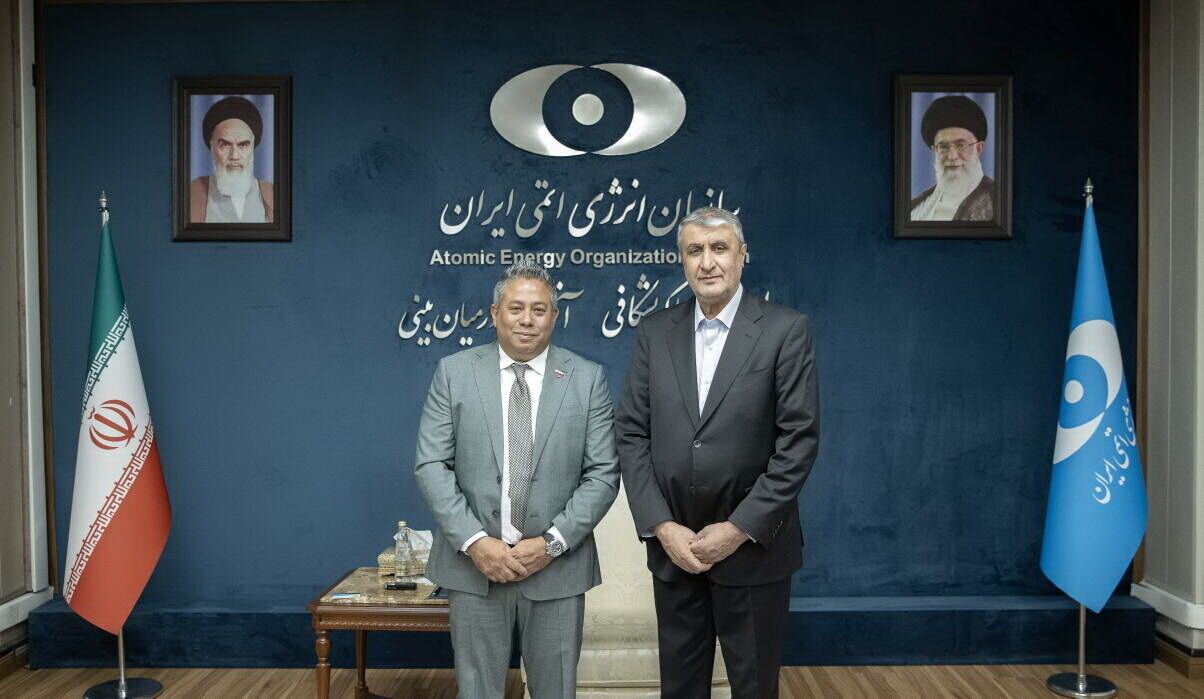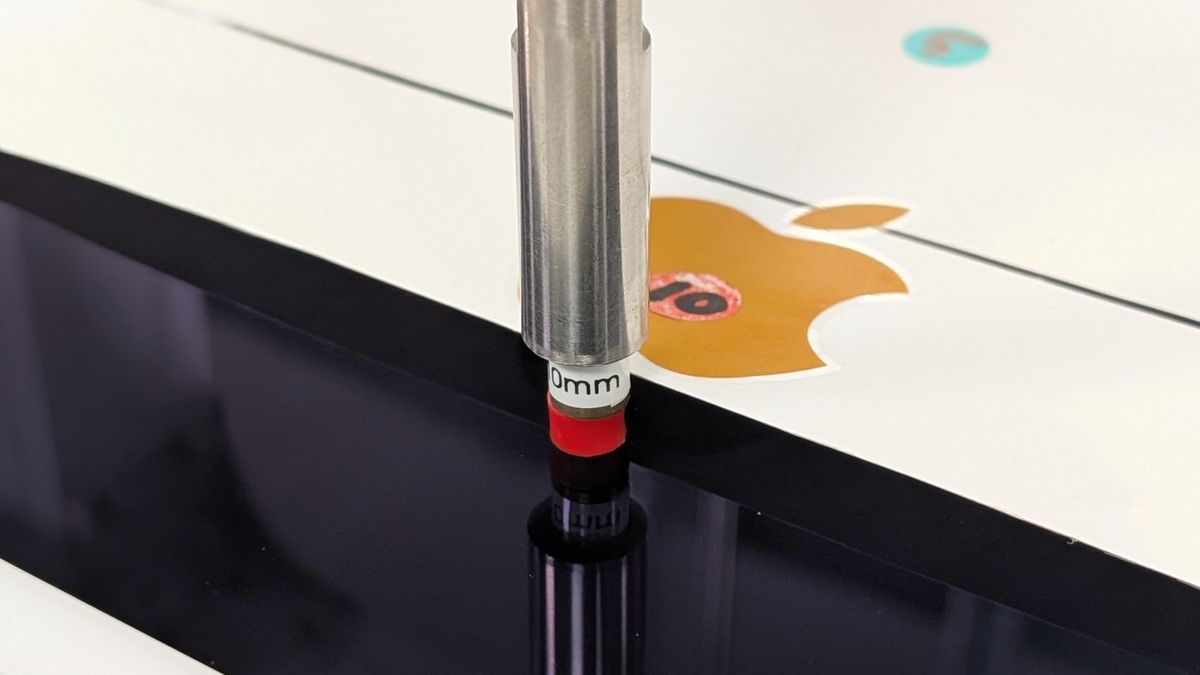Risk Factors for Primary Failure of Metallic Ureteral Stents: Experience from a Tertiary Center.
Autor: Hsu, Jui-Shan; Huang, Chao-Yuan; Liu, Kao-Lang; Chow, Po-Ming
Publication year: 2021
Journal of endourology
issn:1557-900X 0892-7790
doi: 10.1089/end.2017.0611
Abstract:
Introduction: We provide primary patency rate of metallic ureteral stents in cancer patients and investigate the factors affecting primary patency. Methods: All cancer patients who had received metallic stents for malignant ureteral obstruction between July 2009 and November 2012 in our institute were included. No patients were excluded. Patient profiles, imaging studies, and laboratory data were collected. Patient profiles included age, gender, body height, body weight, body mass index, cancer types, treatment for cancer, response to cancer treatment, methods of stent insertion, and prior ordinary stents. Imaging studies included renal ultrasonography, antegrade pyelography, CT, and MRI. Laboratory data included urinalysis, urine culture, and serum creatinine. Complications were defined according to the Clavien-Dindo classification. Primary patency was defined as a complete resolution or downgrading of hydronephrosis shown by imaging studies or success in the removal of a preexisting nephrostomy tube; otherwise the procedure was considered a primary failure. The primary endpoint was the primary patency rate of the stents. The secondary endpoints were risk factors for primary stent failure. Results: A total of 124 stents were inserted into 96 patients with malignant ureteral obstruction. There were no grade 3/4 complications. The overall primary patency rate was 87.9% (109/124). In univariate analysis, antegrade insertion (OR = 24.15, p-value = 0.0086) and urinary tract cancer (OR = 4.18, p-value = 0.0164) were significantly associated with primary failure. Those with prior ordinary stents (OR = 0.20, p-value = 0.0158) or response to cancer treatment (OR = 0.25, p-value = 0.0228) were associated with stent patency. In multivariate analysis, antegrade insertion (OR = 22.04, p-value = 0.0041) and response to cancer treatment (OR = 0.15, p-value = 0.01081) remained significant factors. Conclusions: In this large cohort of cancer patients requiring urinary diversion to preserve renal function, several factors were associated with the success rate of metallic stents.
Language: eng
Rights:
Pmid: 29325432
Tags: Humans; Retrospective Studies; Treatment Outcome; Risk Factors; *Ureter/surgery; *Ureteral Obstruction/surgery; hydronephrosis; kidney; malignant ureteral obstruction; metallic ureteral stent; Stents/adverse effects; ureter
Link: https://pubmed.ncbi.nlm.nih.gov/29325432/





